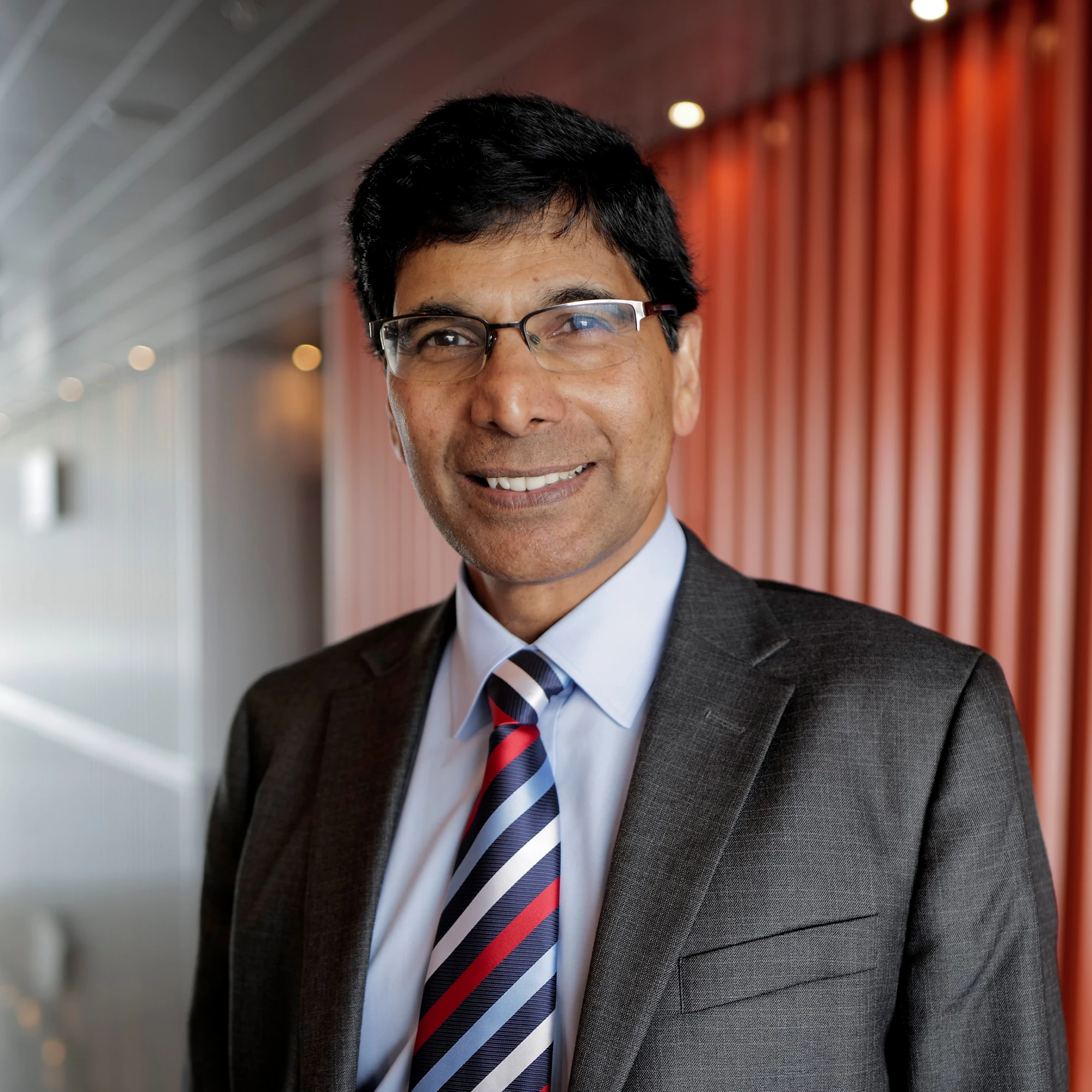A recent Economist (April 25th, 2015) cover story on the “Europe’s boat people: A moral and political disaster ” (requires a subscription), refers to a critical global challenge of migrants and asylum seekers as countries around the world undergo trying times due to war, economic crisis, and joblessness, resulting in more poverty and deprivation. The challenge of labor mobility and its future that this implies can be understood better if viewed through the prism of the “twin goals” of the World Bank Group[1].
It is clear that more than 90 percent of those who come on boat to Europe are not only from Africa and the Middle East, but also make up the bottom 40% of income earners in their respective continents. And it’s not just that they lack even the minimum opportunities for jobs and earning, a large number of them also flee in search of safety, especially for their children. The inability of poor countries to address the needs of the bottom 40% is likely to make the ‘boat people’ a more permanent feature in the European and Western countries.
Statistics show that the global inequality causing these migrations, has become a staggering problem with national and global implications for peace, stability and economic wellbeing. The top 10% in a handful of OECD countries earn substantially more than the combined bottom 40% across the globe. Also, whatever growth that has occurred in Africa or the Middle East, has largely bypassed the majority of the peoples there, with the benefits of growth accruing primarily to the top 10% in those regions. This pattern of global economic growth and wealth accumulation for the few is neither new nor coincidental.
There are many governments in Africa and the Middle East that have critical governance problems which in turn perpetuate a lack of opportunity for the bottom 40%. Despite numerous efforts, the progress on governance in these countries has been dismal at best. This has implications for the future trajectory of people migrating from these countries looking for better opportunities and safety.
Can the realization of Europe and the World’s “solemn undertakings never again to abandon innocent people to persecution and conflict” be achieved solely by policies to accept and share refugees? No matter how humanitarian and noble these overtures they are likely to be insufficient until the root causes of migration are addressed in the countries concerned.
If poverty, inequality and governance issues in Africa and the Middle East are not addressed, the bottom 40% will be continue to become boat people in increasing numbers. This is not just a European problem it is a global and potentially chronic problem. Policies and laws to deal with refugees and illegal migrants are not enough. A more comprehensive development approach is needed to seriously examine and address the root causes of global migration. Can bilateral aid and multi-lateral efforts commit to these longer term goals?
-----------------------------------------------------------------------------------
It is clear that more than 90 percent of those who come on boat to Europe are not only from Africa and the Middle East, but also make up the bottom 40% of income earners in their respective continents. And it’s not just that they lack even the minimum opportunities for jobs and earning, a large number of them also flee in search of safety, especially for their children. The inability of poor countries to address the needs of the bottom 40% is likely to make the ‘boat people’ a more permanent feature in the European and Western countries.
Statistics show that the global inequality causing these migrations, has become a staggering problem with national and global implications for peace, stability and economic wellbeing. The top 10% in a handful of OECD countries earn substantially more than the combined bottom 40% across the globe. Also, whatever growth that has occurred in Africa or the Middle East, has largely bypassed the majority of the peoples there, with the benefits of growth accruing primarily to the top 10% in those regions. This pattern of global economic growth and wealth accumulation for the few is neither new nor coincidental.
There are many governments in Africa and the Middle East that have critical governance problems which in turn perpetuate a lack of opportunity for the bottom 40%. Despite numerous efforts, the progress on governance in these countries has been dismal at best. This has implications for the future trajectory of people migrating from these countries looking for better opportunities and safety.
Can the realization of Europe and the World’s “solemn undertakings never again to abandon innocent people to persecution and conflict” be achieved solely by policies to accept and share refugees? No matter how humanitarian and noble these overtures they are likely to be insufficient until the root causes of migration are addressed in the countries concerned.
If poverty, inequality and governance issues in Africa and the Middle East are not addressed, the bottom 40% will be continue to become boat people in increasing numbers. This is not just a European problem it is a global and potentially chronic problem. Policies and laws to deal with refugees and illegal migrants are not enough. A more comprehensive development approach is needed to seriously examine and address the root causes of global migration. Can bilateral aid and multi-lateral efforts commit to these longer term goals?
-----------------------------------------------------------------------------------
[1] One year ago, the WBG proposed two goals to measure success in promoting sustainable economic development, and set a strategy for monitoring its own effectiveness in delivering results. The first goal is to end extreme poverty by reducing the share of people living on less than $1.25 a day to less than 3 percent of the global population by 2030. The second goal is to promote shared prosperity by improving the living standards of the bottom 40 percent of the population in every country.


Join the Conversation